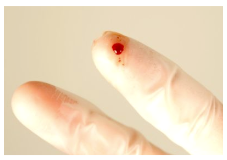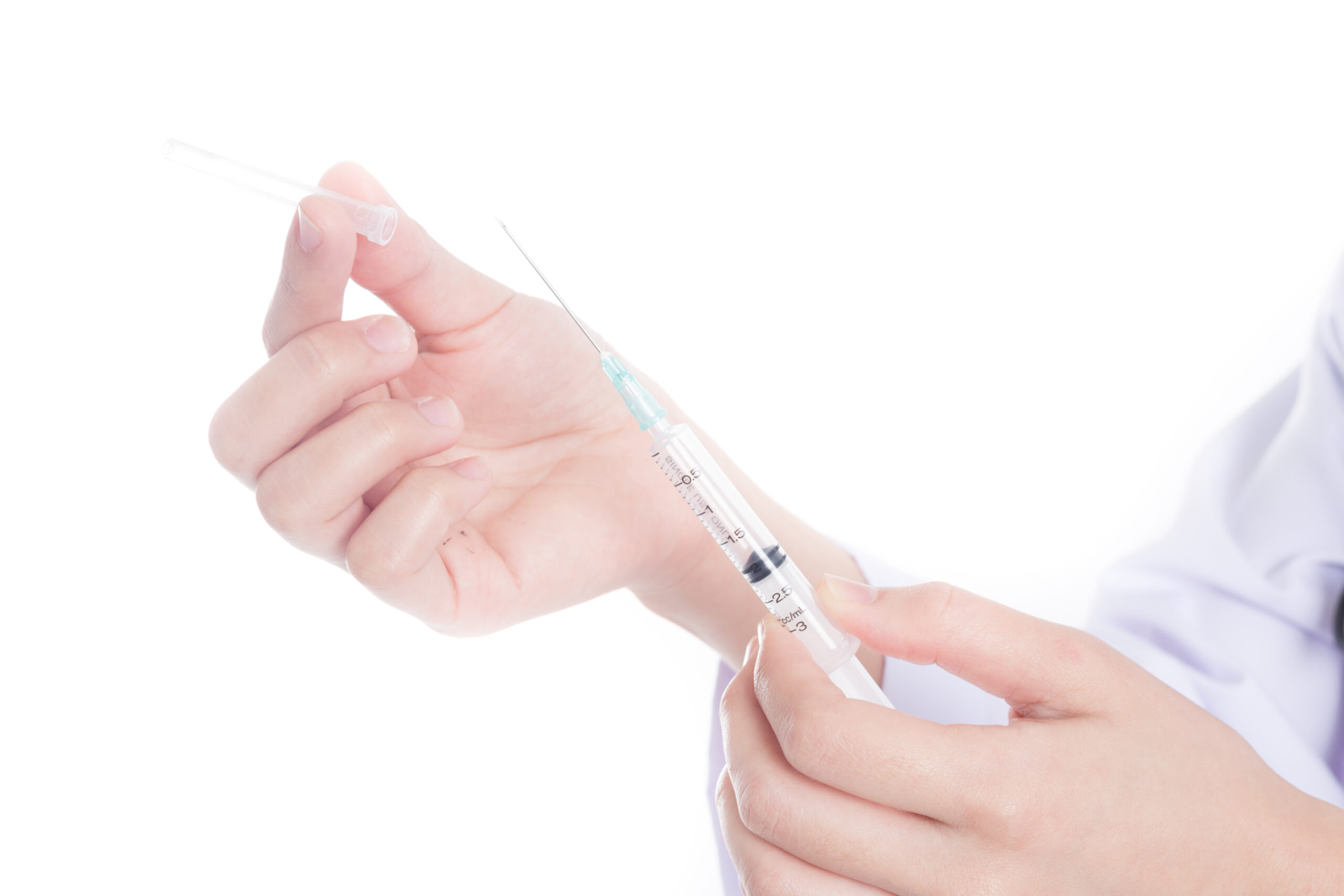Chapter Progress
0% Complete
Get Bloodborne Pathogens Certified Today
Blood or Body Fluid Exposure
Viruses and bacteria can thrive in blood and other body fluids such as saliva or urine. Blood contains the largest concentration of viruses and bacteria compared to other body fluids. If exposed to them, a responder is at risk of becoming infected. This is most problematic for healthcare providers in hospitals or other medically related settings.
The risk of being exposed to these infectious agents increases if there is contact with blood, tissue, or other body fluids from an infected person.
Body fluids for which universal precautions should be taken are defined by the Occupational Safety and Health Administration (OSHA) as:1
- Blood
- Semen, vaginal secretions, cerebrospinal fluid, synovial fluid, pleural fluid, pericardial fluid, peritoneal fluid, amniotic fluid, saliva in dental procedures, any body fluid that is visibly contaminated with blood, and all situations where it is difficult or impossible to differentiate between body fluids;
- Any unfixed tissue or organ (other than intact skin) from a human (living or dead); and
- HIV-containing cell or tissue cultures, organ cultures, and HIV-or HBV-containing culture medium or other solutions; and blood, organs, or other tissues from experimental animals infected with HIV or HBV.
We define contact as:
- A needlestick or anything that causes a break in the skin’s barrier
- Contact with the mucous membranes that line the mouth, nose, eyes, and other body parts
- Contact with open wounds such as cuts and scrapes, particularly those that are still bleeding


Needlestick injuries carry a risk of exposure to bloodborne pathogens.
1Occupational Safety and Health Administration: healthcare wide hazards (lack of) universal precautions. United States Department of Labor website. Accessed October 14, 2021.https://www.osha.gov/bloodborne-pathogens/worker-protections